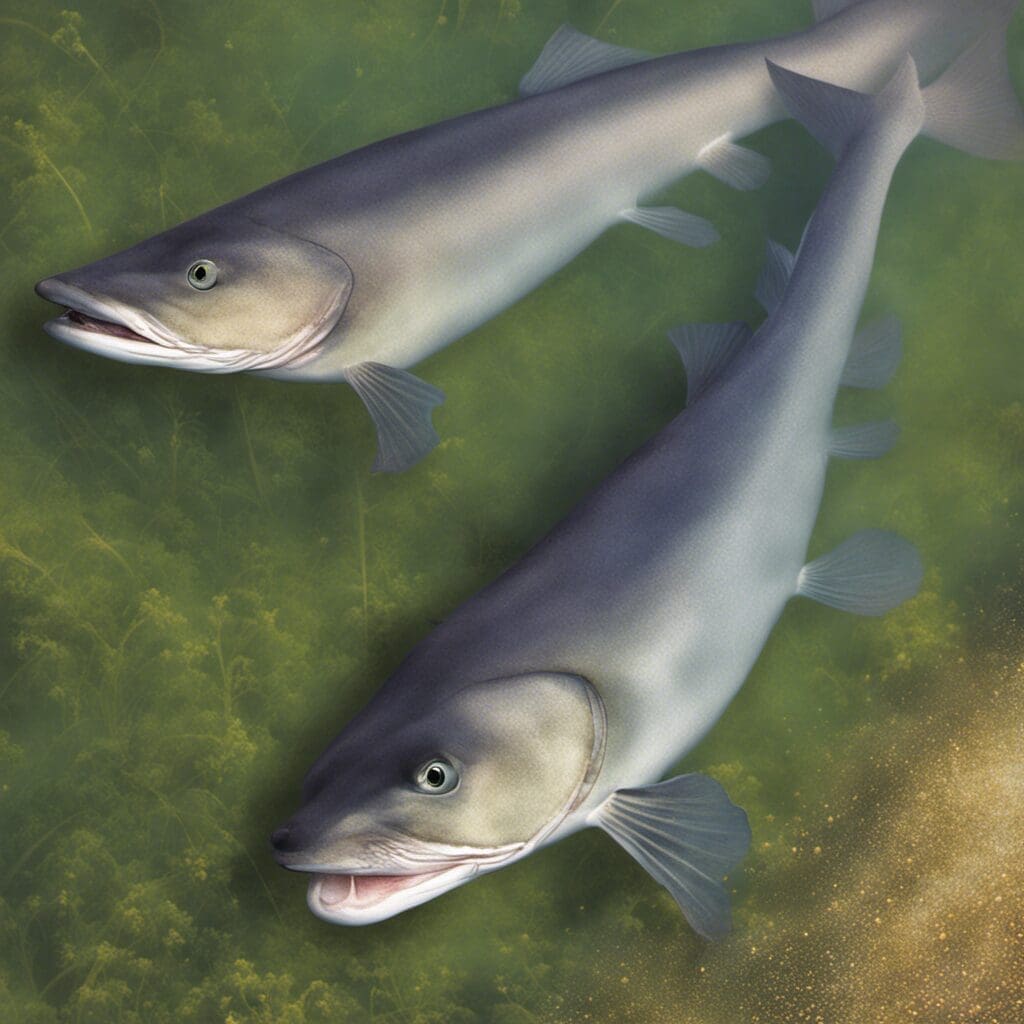Introduction
The Channel Catfish, scientifically known as Ictalurus punctatus, belongs to the family Ictaluridae.
Conservation Status
As per the current status maintained by the International Union for Conservation of Nature (IUCN), the Channel Catfish is considered ‘Least Concern’.
Statistics
| Attribute | Average | Range |
|---|---|---|
| Length | 15-25 inches | 12-44 inches |
| Weight | 2-4 pounds | 0.5-58 pounds |
| Average Lifespan | 15-20 years |
Distribution
Channel Catfish are native to North America and found in a wide plethora of regions, particularly in the United States and Northern Mexico.
Migration Patterns
They typically don’t migrate but relocate locally for purposes of reproduction and seasonal temperature changes.
Habitats
Channel Catfish inhabit freshwaters including streams, rivers, and lakes. They are quite adaptable and can survive in varying temperatures and depths.
| Water Type | Freshwater |
|---|---|
| Depth Range | Varies according to habitat |
| Temperature Range | 75-85°F (24-30°C) |
When and Where to See
The Channel Catfish can be seen all year round but are most active between sunset to midnight and during the warm summer months.
Best Fishing Locations
The top ten fishing locations include popular freshwater bodies in the US such as the Mississippi River, Red River of the North, Lake Texoma, Lake Marion, Lake Moultrie, Santee Cooper, James River, and Missouri River among others.
How to Catch
Favorite baits for Channel Catfish include nightcrawlers, chicken liver, and stink baits. They are most often caught using bottom fishing techniques, particularly during the night.
Identification Guide
Channel Catfish are identifiable by their smooth, scale-less bodies and their barbels, or whiskers, around the mouth. The color ranges from silvery-grey to dark blue on the back and sides, and a white belly.
Culinary
Channel Catfish are a popular component in the Southern US cuisine. The flesh is mild, slightly sweet, and less flaky compared to other fish.
No specific recipes are identified for Channel Catfish but they’re often grilled, baked, or fried.
Additional Information
Channel Catfish feed at night, consuming a varied diet including insects, mollusks, crustaceans, fish, and some plant material.
They have few natural predators, but humans pose the greatest threat through overfishing and habitat destruction.
References and Further Reading
Please note that, despite thorough research, the veracity of the listed links are subject to change and are limited by the information available at the time

